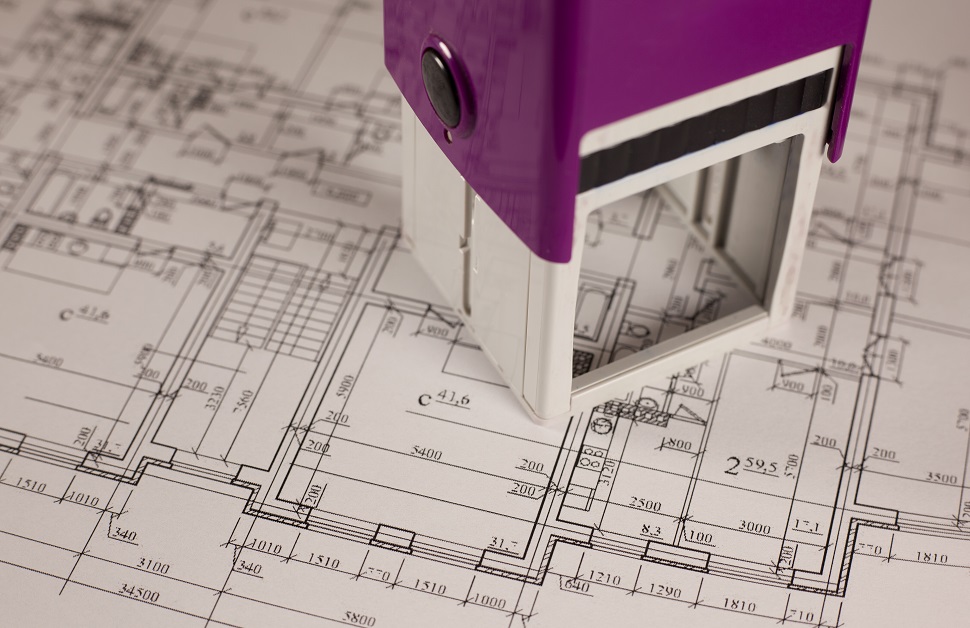
Do you need planning permission?
Planning permission is more often than not required when you are going to undertake any major changes to land and property, when you are going to build something completely new and if you are changing the use of land or property i.e. anything which would be defined as “development”. Development is defined in the Town and Country Planning Act 1990 as: “…The carrying out of building, engineering, mining or other operation in, on, over or under land, or the making of any material change in the use of any building or other land.”
If you suspect your proposals may require planning permission, it is worth consulting a company like Eldnar Consultancy, who can assist with advising on whether you will need planning permission or not (or indeed whether it is permitted development) and how to develop an effective planning application. Alternatively, you can consult with your Local Planning Authority via your local council for pre-application advice, but you may still need assistance in interpreting and applying the response given.
What if I require planning permission?
If you have established (or think) that you require planning permission for your proposals, the best thing to do in enlist the help of a planning professional, such as Eldnar Consultancy, to assist with each stage of the planning process from developing your initial ideas through to gaining of consent and discharge of any conditions on your permission. The earlier you gain professional advice, the easier the process of putting forward potential planning applications will be, and the more cost-effective advice can be given a blank canvas. It is often more expensive to undo previous attempts at an application and even the simplest planning application can turn into a long and confusing process.
The initial part of the planning process will be to meet with your consultant and discuss your ideas and objectives. It is important to ensure you are confident working with the proposed consultant given that the process for putting forward planning applications will generally take several weeks, if not months. It is also important to ensure they understand what you wish to do and have appropriate experience with similar projects as appropriate. As a starting point, ask them about other projects they have done recently.
Projects can be extremely wide ranging and include the use of an agricultural field to equestrian, adding extensions on to your residential property, converting a barn or new build residential project. Once you have set out your aims and objectives for your property, a planning consultant can undertake a planning appraisal. This will provide a report or thoughts on the likelihood of being able to achieve your aims and objectives, in line with national and local planning policy and any other material considerations. An appraisal will give you options on how to achieve your aims and objectives, or if they are unachievable, it will outline why they are unachievable and what alternate options, if any, you have.

What is the process for applying for planning permission?
Once you have established the best course of action, and if you are happy with it, you can then instruct a planning professional (such as Eldnar Consultancy) to take your proposals through the planning application process which will involve:
- Gathering of information –
A planning consultant will advise as to what information is required to assist with the application and will outline any surveys that you require to assist with your planning application. These can range from ecological surveys and speed surveys to plan drawing and structural surveys. At Eldnar Consultancy, for example, we have a list of pre-approved contractors for all manner of surveys required and work closely with them to ensure that you do not have to deal with several people/businesses to gather the evidence required. Instead, we can do this for you. Equally, we can – and do – work with a client’s existing contractors as required, doing as much or as little is needed within existing teams;
- Designing –
If you require any design plans – elevation or similar – at Eldnar Consultancy, we have several architects and technicians who we can instruct on your behalf in order to get the required plans for the planning permission application drawn up. It is important that plans are drawn appropriately for a planning application, to an appropriate scale with the right amount of information on them to allow assessment of the proposal;
- Writing the statements and complying with policy –
Once all of the information is obtained your planning consultant will then write a planning statement and design and access statement to support the planning application. This will involve highlighting the relevant policy (or policies) to your proposed development and confirm how the submission is consistent with their overarching objectives. The statements will also consider key points such as design, highways, biodiversity/ecology, trees, landscaping, water management plans, energy plans and neighbouring amenity amongst other points;
- Uploading supporting documents –
The supporting documents will then be uploaded to Planning Portal along with completion of the application form. This is also the point at which other forms are completed such those relating to the Community Infrastructure Levy (CIL) (where applicable and qualifying);
- Submitting the planning application –
Most planning applications are submitted electronically, via Planning Portal, using a re-direct service which enables the Planning Consultant to send a payment link to the applicant. Once this is paid, the application is released to the Local Planning Authority (Council) and goes to the validation team. The validation team are responsible for checking everything which is needed to determine the application is present before it is allocated a reference number and allocated to a case officer;
- Waiting for approval –
The time scales from validation are eight weeks for a minor application and thirteen weeks for a full application. Whilst these are the statutory timescales, it is not uncommon and is normal for some planning applications to overrun depending on Council workloads;
- Undergoing the consultation –
Once validated and “live”, planning applications will be subject to a consultation period which will be 21 days. During this period, neighbouring properties are consulted by letter and a site notice is displayed which outlines how interested parties can view the application documents and comment if they wish. Statutory consultees will include bodies such as Environment Health, Local Councillors and County Highways.
- Dealing with potential objections –
During the application period, Eldnar Consultancy monitor any responses and keep you, the applicant, up to date. The vast majority of planning applications progress without too much issue, but in some cases, objections are received.
For objections to carry any weight, they must be material planning considerations which will include things such as highway safety, impact upon protected species, impact upon neighbouring amenity or policy conflict. Matters such as impact upon value of a neighbouring property or private matters are, however, not matters taken into account.
Depending on the nature of the objection, or issues encountered, is it often possible to make minor amendments to overcome the problems raised, but sometimes, there is a need to withdraw and re-submit on a “free-go”. If there are a large number of objections or a Local Member calls the application in, it may mean that the application has to be determined at a planning committee rather than by case officers utilising their delegated powers. If an application does go to planning committee due to objections, the applicant, or their agent, may be able to speak in support of planning applications for up to three minutes. Eldnar Consultancy can attend and do this at committee.

How long after gaining planning permission can I start?
Upon receipt of an approval, it is important to take into account that planning permission is granted (in almost all cases) subject to conditions. Conditions are important and form part of the permission granted so should not be overlooked. Conditions of planning applications which are pre-commencement conditions are particularly important as they require further information to be submitted and approved prior to the development starting. They do, in essence, complete the consent and cover matters which are important enough to require approval prior to development starting.
Other conditions include conditions requiring submission and approval of information at differing times of the development. These can include prior to works above slab level or prior to first occupation of a proposal. It is therefore very important to check the timings of information which requires further approval and even more important to ensure that sufficient timing is left given that discharge of conditions can generally take around eight weeks. For some matters, it may be possible to utilise mechanisms to achieve deemed discharge, but this requires service of a “notice” with prescribed information at the right time to trigger such a mechanism. It is, however, a useful one for ensuring that approval of more simple matters is not strung out unnecessarily so as to ensure that development is not delayed.
It is also important to check, if the proposal is CIL liable, that the appropriate forms have been sent in at the correct point (prior to development) to avoid penalty payments for this and ensure that payments are made as set out in the charging schedule provided.
Some authorities also require submission of a start notice to confirm you are commencing development and, in addition, there is the requirement to consider whether you need any other permissions which are separate to planning permission.
What are the different types of planning permission?
As well as the necessary planning application, many projects need Building Regulations approval which is separate to planning permission. Building Regulations are concerned with the actual construction of the proposal. Building regulations approval is required for most building work in the UK.
Additionally, planning permission does not authorise an applicant to carry out works within the publicly maintained highway (this would include a verge, so it is important to check the boundary of land ownership). Works in a highway could only be carried out by a County Council Approved Contractor following the issue of a licence under S184 and S278 of the Highways Act 1980. Depending on the boundary, it may therefore be necessary to contact County Highways regarding issue of a licence authorising the works to be carried out by an Approved Contractor (at the applicant’s expense).
When do you need planning permission?
There is a lot to take into account in the preparation and submission of planning applications, both large and small, and the process can take several months. Combine this with lead-in times of multiple consultants and restrictions on timings for some surveys (such as ecological surveys that are restricted to certain times of the year for differing species) – it pays to (literally) plan ahead.
Most regular planning applications require commencement of a development within three years of approval so, with this in mind, it is recommended you work to obtain your planning permission ahead of when you need it. This will ensure that you can then book contractors and be ready, in good time, to make a start when you wish to.






